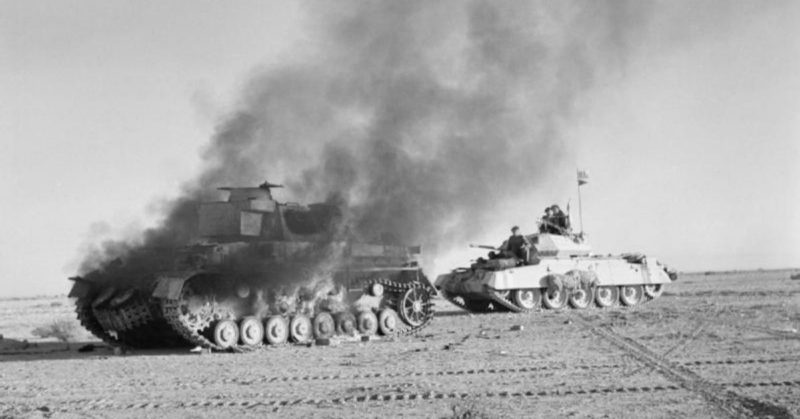The United States tried to resist entanglement in World War II. But when Pearl Harbor was attacked by the Japanese in December 1941, all that resistance evaporated, and the U.S. government rallied its troops to assist the Allied campaign on two continents.
Many historic battles took place during the war, well known simply by their names, such as Normandy and the Battle of the Bulge.
However, wars involve more skirmishes than epic conflicts like Normandy–war is won in small increments, and most do not become well known to civilians.
Yet they still merit mention when recounting how the Allies won the war, one small but significant victory at a time.
The battle between the Germans and the Allies at Chouigui Pass in Tunisia is just such a battle. It was the first conflict between them, taking place on an unassuming patch of countryside in the Mediterranean arena of the war, and it involved tanks.
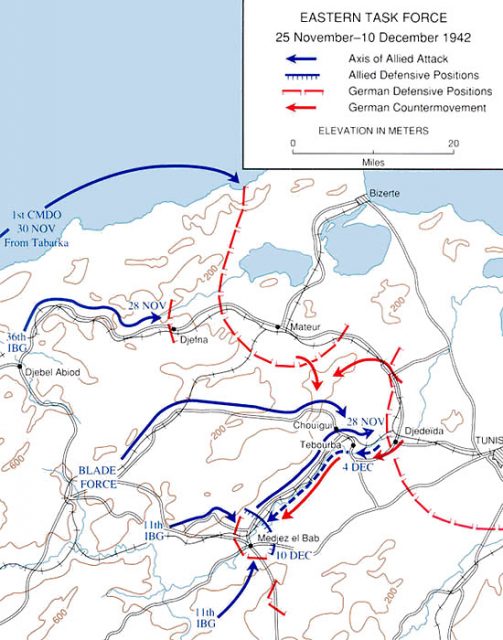
It was in November 1942 that this fight occurred. German infantry had used heavy tank formations to dominate most of Europe, and tanks would play a crucial role for both sides in the deserts of North Africa.
Up to this point, the Americans had not encountered German tanks on this terrain, but that would change at Chouigui Pass.
The Americans were led by Lieutenant Colonel John Waters. He was in charge of three tank companies with a total of 60 light tanks, as well as a platoon fielding three 75-mm howitzers, a platoon carrying 81-mm mortars, and his headquarters.
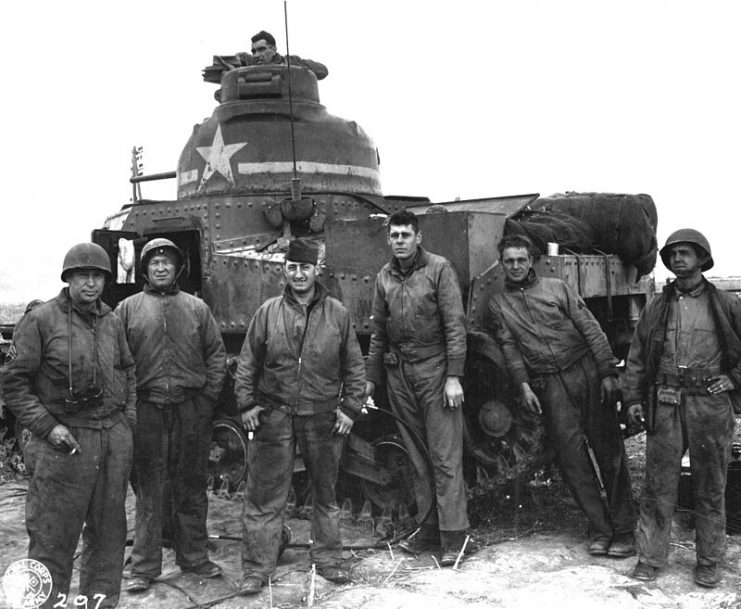
However, Waters lacked infantry, engineers, artillery, and anti-tank guns. He and his men soon realized they were sorely ill-equipped to take on German tank divisions.
And those were formidable, run by a combination of German and Italian soldiers operating Panzer III and Panzer IV tanks. The Panzer III had a 50-mm gun, while the Panzer IV had a 75-mm gun.
The enemy forces clung to bridgeheads near the Tunis and Bizerte ports. They adhered closely to the roads leading in and out of both.
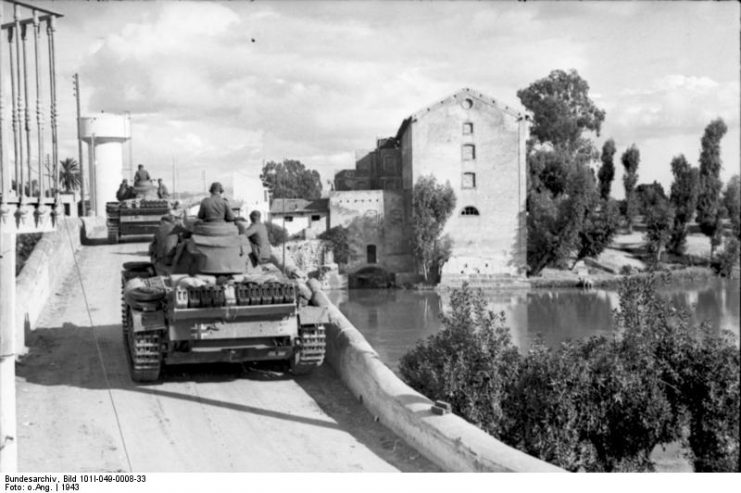
The Allies had to dislodge those forces if they were to claim the region as their own. The Germans waited for the Allies to make their move.
A British unit called Black Force was there to help the Americans. It was decided that Black Force would tackle the enemy’s central lines in two separate spearheads. Waters would lead a third group straight through the pass.
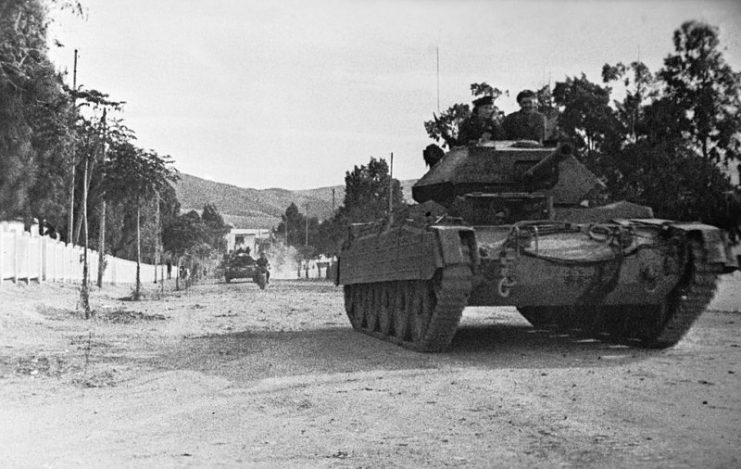
Once through the pass, Waters and his men reconnoitered an area beyond the Medjerda River. They readily trounced the German troops they encountered and then, much to their delight, discovered an unprotected airfield just waiting to be attacked.
And attack it the Americans did, much to the Germans’ fury. They laid waste to more than twenty planes and numerous buildings surrounding the airfield.
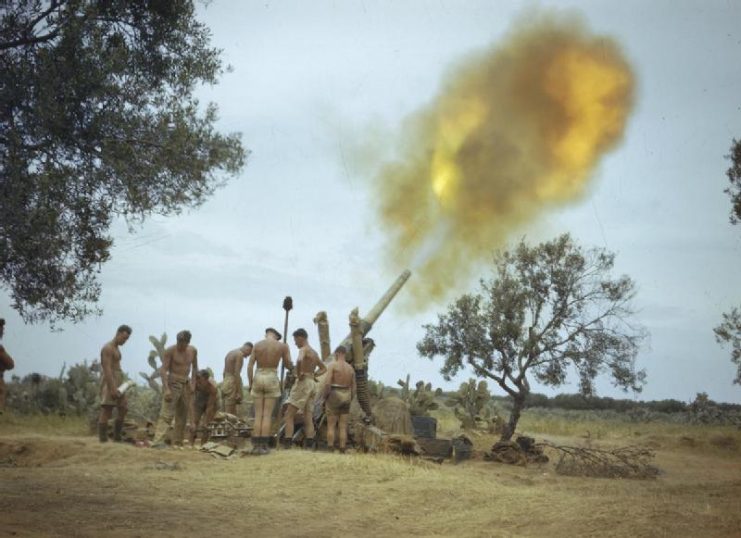
Afterward, both the Allies and the Germans temporarily retreated. General Nehring, in charge of the German troops, sent some tankmen to investigate what the Allies were plotting next.
Unbeknown to the Germans, the Allied forces lay in hiding, just waiting for enemy tanks to converge at the bottom of a small hill.
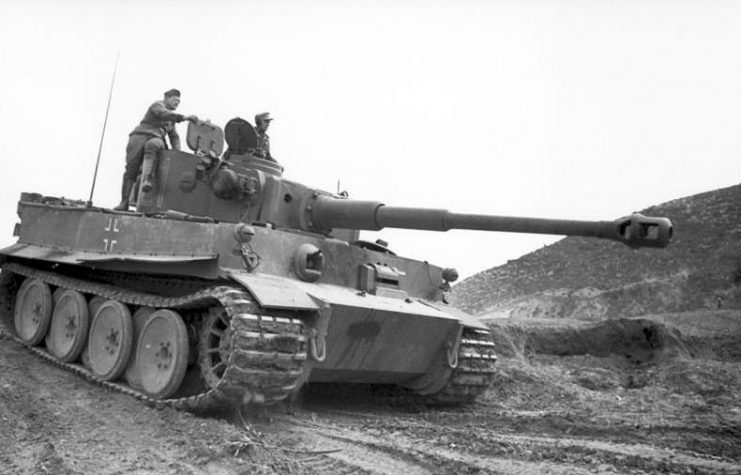
Suddenly, the Americans fired, and took out one tank by hitting a vulnerable spot on its armor.
It burst into flames, and soon other German tanks were on fire as well. With their defenses lying in ruins, the Germans had no choice but to retreat.
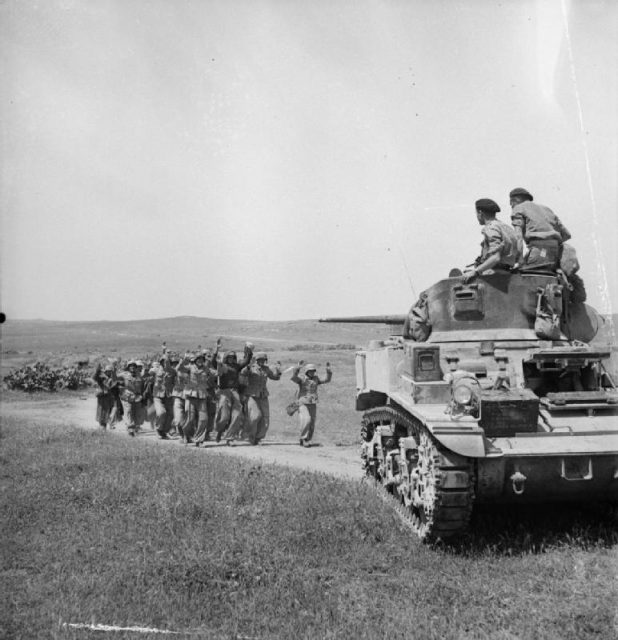
This was not a resounding victory for the U.S., for they sustained heavy losses as well – six tanks. Still, it was a win in several respects. Most importantly, the Americans successfully attacked German tanks on desert terrain for the first time and forced them to withdraw.
Read another story from us: Allied Failure and Lessons Learned: 1st Battle for Tunisia in WWII
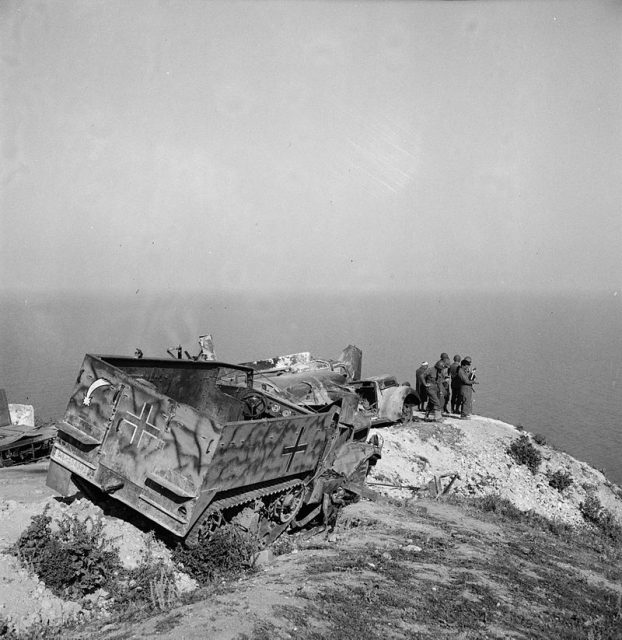
It was one more win in what would become a bloody, sustained war. But the skirmish at Chouigui Pass illustrates how the Allies eventually won that war: one significant victory at a time.
